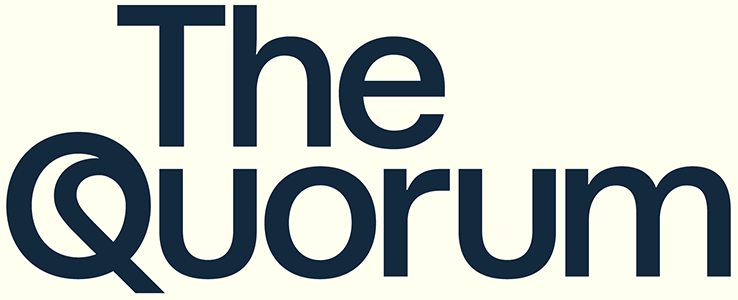Making sense of the box office

It was reported earlier today that BLACK WIDOW grossed an estimated $80M in theaters this weekend, breaking the pandemic-era record of $70M set by F9 two weeks ago. These seem like big numbers, but is there a way to know for sure? Can we figure out what these numbers would translate to in pre-pandemic (PP) numbers?
Back in the day, it was easy to understand the box office. We were so finely tuned to the numbers that we could interpret a $5M swing in either direction.
“It made $20M? Amazing.”
“It made $15M? What a dog.”
Today we know that $70M or $80M are big numbers, but the return of the box office is too new for us to contextualize it properly. Or can we? Let’s see if we can make sense of all of it.
CONSIDERATION #1: OPEN THEATERS
Paul Dergarabedian, Senior Media Analyst at Comscore, has been publishing these great charts about theater openings. According to them, for the past three weeks, approximately 80% of theaters were open (third column, in blue) compared to the same time last year. That alone would mean a $100M pre-pandemic opening would equate to $80M today.
NET: NEGATIVE
CONSIDERATION #2: CAPACITY

That’s not the only variable. We know that many theaters aren’t operating at full capacity, either by state law or choice. That means fewer seats are available to sell in those theaters.
That might suggest even more downward pressure on the box office, but let’s face facts, it’s probably a net neutral. We know that not all movie theaters were sold out in the PP days. Most theaters had unused seats just like today.
On top of that, there are fewer films in the marketplace, meaning a film that previously would have played on five screens in a multiplex can now run on ten screens. That alone makes up for any shortage in available seats caused by capacity restrictions. In other words, if you wanted to see WIDOW or F9, you probably could.
That may not be the case down the road. There are seven wide releases scheduled for the next three weeks, meaning it will be harder for any single film to claim multiple screens in a theater. If capacity restrictions remain in place, that could translate to greater downward pressure on grosses. But for now, it’s a…
NET: NEUTRAL
CONSIDERATION #3: LOSS OF THE ARCLIGHT
Yes, we’re all devastated by the loss of The Arclight and Pacific Theaters, but they only represented 1% of the North American box office. We’ll call it…
NET: ROUNDING ERROR
Based on these three variables, we would argue that current box office numbers represent about 80% of what they could have been PP. That would mean F9’s $70M opening translates to about $87M PP. That would represent a slight dip from the $99M made by THE FATE OF THE FURIOUS (aka F8).
That would also translate to a $100M opening for WIDOW in PP dollars. That’s certainly not great. But, things get more complicated for WIDOW since the film also debuted on Disney+ for an extra $30. That was not the case for F9.
The studio reported that it generated $60M in streaming sales over the weekend. Add in the $80M from theaters, and that’s $140M in revenue. That looks better. Still, the calculus isn’t that straightforward.
If the studio made $60M from streaming, that would represent two million downloads. If those two million people paid $10 to see it in a theater, it would have only added $20M in grosses. On top of that, the studio would be forced to split that $20M in revenue with the theater, whereas the $60M made from streaming goes right in their pocket. That’s a story for another day.
Of course, we can’t make an apples-to-apples comparison between theatrical and streaming because we know that part of the value proposition to watching at home is that for $30, an entire family can watch the film. In other words, we can’t assume that two million downloads mean only two million people watched it. It was likely much higher.
For WIDOW and the Warner Bros. films that are available day-and-date on their streaming services, it’s near impossible to compare today’s grosses to PP dollars, but for the others, we can.
Why does this matter? Ultimately, what we’re trying to get at here is if behaviors have changed. With theaters closed for the better part of a year, and with movies becoming increasingly available at home through streaming for VOD, we are all watching to see if absence has made the heart grow fonder or if we are now so used to watching premium content at home that we will be much more selective about what we pay to see in a theater.

 © 2024 The Quorum, LLC, All Rights Reserved.
© 2024 The Quorum, LLC, All Rights Reserved.